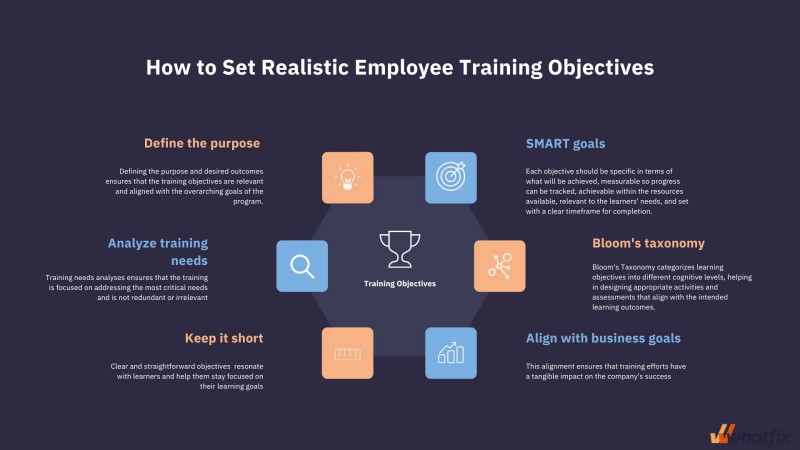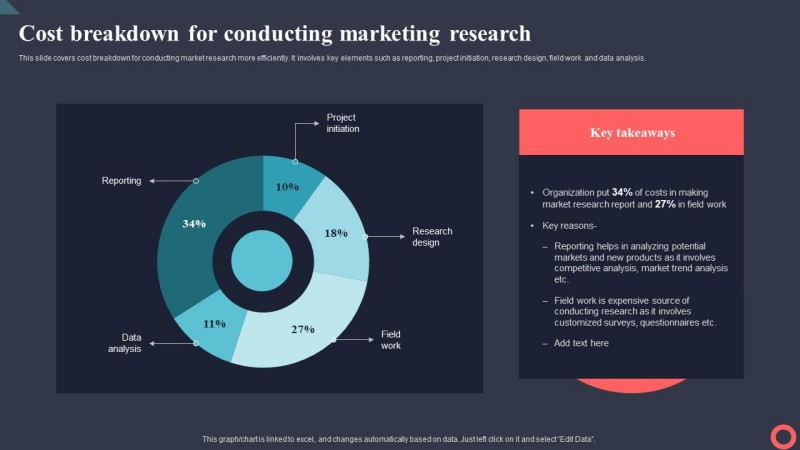Welcoming a new child into the world is a joyous occasion, but the postpartum period can also present a unique set of challenges—among which is the task of shedding pregnancy weight. A well-structured postpartum weight loss meal plan is vital to help you navigate this journey effectively and healthily.
According to a 2023 study published by the Global Journal of Women’s Health, postpartum weight retention can lead to long-term obesity if not properly addressed. However, it’s important to approach weight loss responsibly to ensure your health and your baby’s, especially if you’re breastfeeding. This guide provides insights and actionable steps to create a balanced postpartum weight loss meal plan.
Remember, it’s essential to consult with your healthcare provider or a dietitian before starting any new diet or exercise regimen. They can provide personalized advice considering your circumstances and nutritional needs.
Start your postpartum weight loss journey by consuming nutrient-dense foods. These are foods high in nutrients but relatively low in calories. They include whole grains, lean proteins, fruits, and vegetables. Whole grains like oats, brown rice, and quinoa are rich in fiber, keeping you full and aiding digestion. Lean proteins—found in foods like chicken, fish, tofu, and eggs—support muscle recovery and growth. Fruits and vegetables provide vital vitamins and minerals, and their high water content can help keep you hydrated.
Next, consider portion control. While it’s important to nourish your body, consuming food in excessively large portions can hinder your weight loss efforts. A 2024 study from the Journal of Nutritional Health found that individuals who practiced mindful eating and portion control experienced more significant weight loss over time. Use measuring tools or visual cues to help estimate appropriate portions. For example, a serving of lean protein should be about the size of your palm.
Meal timing and frequency also play a role in postpartum weight loss. Instead of three large meals, consider five to six smaller meals spread throughout the day. This approach helps maintain steady blood sugar levels and keeps hunger at bay, reducing the temptation to snack on high-calorie foods.
Don’t forget to hydrate. Water aids in digestion, nutrient absorption, and the transport of nutrients, all which are critical for weight loss. Try to drink at least eight 8-ounce glasses of water per day. If you’re breastfeeding, you may need additional fluids to support milk production.
Lastly, remember that a postpartum weight loss meal plan isn’t just about diet. Regular physical activity, adequate sleep, and stress management are equally important. Incorporate exercises approved by your healthcare provider, aim for 7-9 hours of sleep per night, and practice stress-reducing activities like meditation or deep-breathing exercises.
Postpartum weight loss is a marathon, not a sprint. Be patient with your body and focus on making healthy choices that will benefit you and your baby in the long run. With these tips and a well-planned postpartum weight loss meal plan, you can embark on your journey towards a healthier, confident you.












 : eval()'d code(1) : eval()'d code(1) : eval()'d code(1) : eval()'d code</b> on line <b>2</b><br />
https://mindbodyfuell.com/wp-content/themes/baobao/default.jpg)
